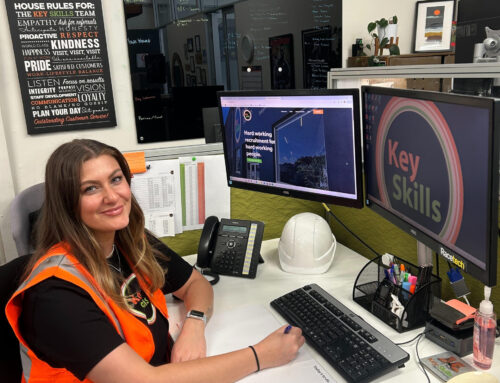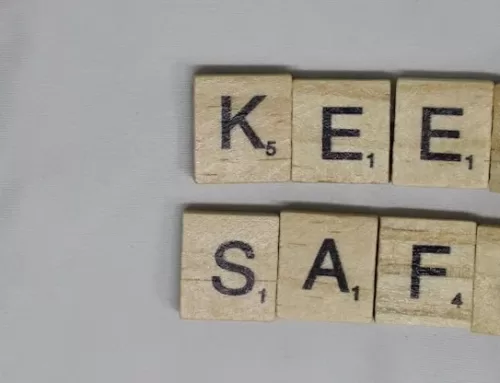Most people in hiring roles have experienced it. You bring someone new on board, and things seem okay at first, but then they slowly unravel. Maybe their skills aren’t quite what they said
they were. Maybe their attitude’s not a great fit. Maybe they’re fine but just not right for the team or the work.
And before long, you’re back at the start again.
Here’s what that actually costs you, and a few ways to lower the risk next time around.
It costs more than just a bit of time
Every hire takes effort. Writing the job ad, reviewing CVs, interviewing, training, showing someone the ropes, and helping them settle in. That’s time and money. If the person doesn’t
stay, you don’t just lose what you put into them, you lose momentum, too.
Some estimates put the cost of a hiring mistake at around 30 percent of the person’s annual salary. That includes time lost, productivity gaps, extra load on the rest of the team, and
potential client frustration.
The ripple effect on your team
When someone’s not quite right for the role, others tend to step in to cover. Over time, that adds pressure to people who are already working hard. Mistakes start happening. Morale dips.
And sometimes your good people start quietly looking for the exit.
It’s rarely one big blow-up. More often, it’s a slow leak in energy and trust, and once that starts, it’s hard to plug.
Clients feel it too
If your clients are dealing with a rotating cast of staff or notice missed deadlines and communication issues, it can affect how they see your business. High turnover or mismatched staff can chip away at long-term relationships. And if word gets out that you can’t keep people, it makes it harder to attract the good ones next time.
So how do you lower the risk?
You’ll never get every hire perfect. But you can improve the odds.
– Spend more time up front
It’s easy to rush when you need someone urgently. But a few extra questions in the interview, or even a second meeting, can give you a better read.
– Do real reference checks
Ask meaningful questions. What didn’t go so well? How did they handle pressure? Why did they leave?
– Pay attention to the small stuff
Sometimes people ignore their gut feeling because a candidate ticks most of the boxes on paper. But if something feels off early, it usually shows up later in a bigger way.
– Use your recruiter properly
Even if you’re doing most of the process yourself, your recruiter can be a sounding board. Use them to double-check instincts, test red flags, or spot strengths you might miss.
Hiring is hard. You’re dealing with people, not products, and that always brings variables. But with some care and support, you can avoid the biggest pitfalls and make each new hire feel
more like a great decision than a lucky one. Key Skills Pick ‘n’ Mix lets you choose the hiring support you actually need from sourcing and screening to payroll and site checks. No lock-ins, no fluff, just the right recruitment support so you can have the right people working for your business.
This post first appeared in Hire Wire, our free monthly newsletter on smarter hiring and all things in construction, engineering and manufacturing recruitment. Subscribe here or get in touch if you want to talk through anything you’ve read.






